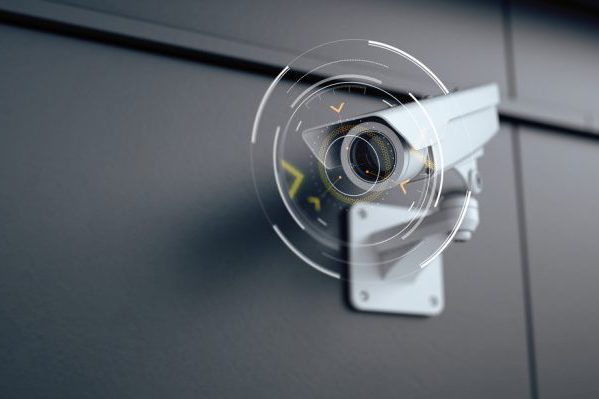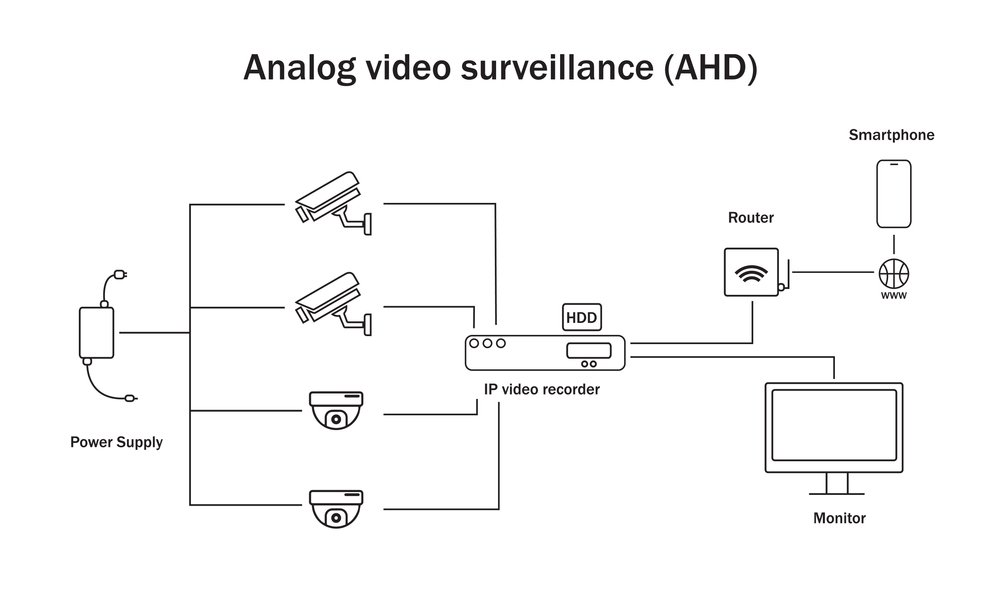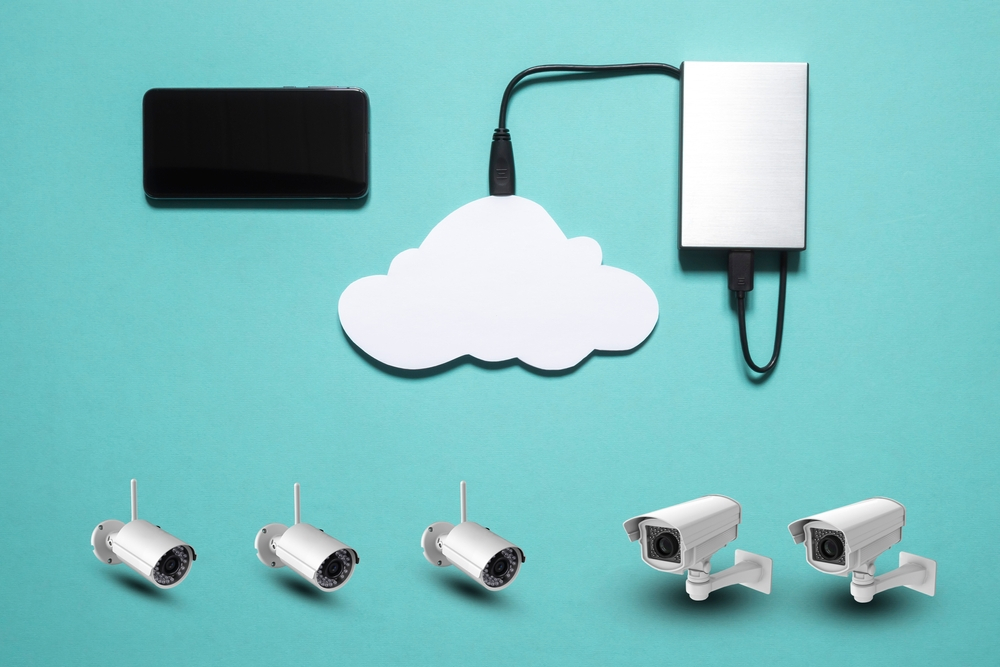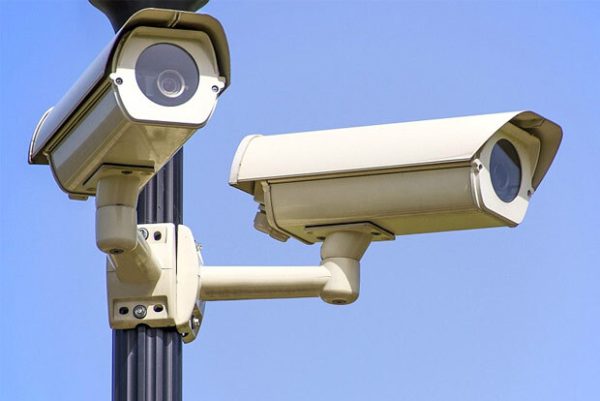In the introduction of this article, we will generally review analog and network CCTV cameras and then discuss the differences between these two.
Analog CCTV Camera
Analog CCTV cameras use 2-stranded cables to transmit images. One of these cables is responsible for repelling interference around the environment. Because waves and even electrical fluctuations can interfere with the quality of images. The transmission of images in an analog CCTV camera takes place in the form of analog waves.
Network CCTV Camera
Networked CCTV cameras work using the Internet and dedicated networks. The network camera receives images in the form of digital waves.
Each camera under the network captures and stores images via a separate IP. Because these cameras work on the Internet, it is possible to get images from anywhere. All it takes is to have an internet connection at the right speed.
Analog and network CCTV cameras differ in the following ways:
Price
Data Transmission Method
Flexibility
Software Features
Cabling
Accessories
Type of Data Transfer
Video Recorder
Image Quality
Storage Duration
Security
The difference between analog and network CCTV cameras in price
Analog CCTV, which is the older generation of CCTV cameras, has a lower price than a networked or digital CCTV camera. The transmission of information in both types of analog cameras and IP cameras is through cables, but in the IP type, less cables are used due to the use of switches, and on the other hand, the switches themselves are not cheap devices. With this in mind, and despite all the options, the price of analog CCTV cameras is still a little lower.
The difference between analog and networked CCTV cameras in the method of sending data
The main difference between analog and networked CCTV is the way it transmits video signals. Analog cameras produce the image in analog form and send it through an analog signal, while networked cameras produce the image digitally and send it through a digital signal. Data transfer in network cameras is much faster due to the lack of bandwidth limitation.
The difference between analog and IP CCTV cameras in flexibility
IP CCTV cameras provide you with a lot of possibilities. The transmission of information in this type of camera is done by network cable, fiber optic or wireless and using Wifi waves, which will cause high flexibility in installation and implementation. Especially in wireless IP cameras, where cameras and controllers can be easily installed and moved even without the cost of cabling. But in analog cameras, the transmission of information is by coaxial cable, which will cause low flexibility in installation and implementation.
The difference between analog and IP CCTV cameras in software facilities
IP CCTV cameras have very practical software facilities, which is an important point in the difference between analog and digital CCTV cameras. Other features of the IP network camera include the system of setting alerts and sending emails in case of the movement of a specific object or the movement and transmission of the camera, and the system of counting people.
The difference between analog and networked CCTV cameras in cabling
For both analog and networked cameras, two cables are needed, one is a data transmission cable and the other is a power cable. However, in a digital CCTV camera, if an NVR or POE switch is used, the same network cable can also be used to transmit electricity, and there is no need for separate cabling for the power of the camera under the network. Some analog CCTV models also have accessories such as microphones and do not require separate equipment and cabling when used.
The difference between analog and network CCTV cameras in peripherals
Another difference between analog and networked CCTV cameras is that in most analog CCTV cameras, you need separate hardware and equipment to have peripheral features. For example, you will need to pay to install two pairs of cables and a side microphone to transmit audio, but there are also models that have these accessories such as microphones and do not require separate cabling.
The difference between analog and network cameras in the type of data transmission
The CCTV camera under the network has the ability to transmit power over a network cable, or POE (Power Over Ethernet). POE allows the camera to use power and send signals simultaneously over a single cable, so there is no need for a separate power supply and additional cable for power. Data transmission in a networked security camera is done using network protocols, but analog cameras do not support this.
The difference between analog and networked CCTV cameras in an image recording device
Analog CCTV captures and stores video in the traditional and old way, so that the transmitted video signal can be received by a monitor such as a television. The analog camera transmits the captured images live via a coaxial cable to a storage device called a DVR (Digital Video Recorder). In the newer generations of analog cameras, it is possible to convert the images transferred to digital (HD) images during storage and save them to a DVD or hard drive, but the nature and quality of the images do not change much.
networked CCTV camera sends a video signal to the network by an encoder. In this way, in a CCTV camera under the IP network, the images are recorded by the digital camera and encoded automatically by the camera itself. That is, the information is processed before it is sent. It is then transmitted by the Internet Protocol (IP) and digitally over computer networks.
The difference between analog and network cameras in image quality
Another important thing to consider when considering the difference between analog and network cameras is the quality of the images. The image quality in the network camera is 6 to 20 times better than the analog camera.
In analog CCTV, the image quality is shown with the TV line. The image quality recorded by the analog CCTV camera is 0.5 megapixels and has a low resolution. For this reason, it will not have much zoom capability. Since 2013, a new generation of HD (AHD or Analog High Definition) analog security cameras have been released, which even supports 4K quality. However, the image quality of the IP CCTV camera has a resolution of up to 24 megapixels due to its digital structure.
Network cameras do not have noise because they are digital, and if there is a problem with the network cable, the image will be cut off until the problem is fixed. Whereas in analog cameras, if the coaxial cable is injured, the image is received with noise.
Also, analog cameras at long distances have a lot of grain, which causes a decrease in the quality of the images, thus making it very difficult to identify people's faces and license plates. While in IP cameras, distance does not have much of an impact on the quality of the images.
The difference between AHD and IP cameras in storage duration
One of the main reasons for installing a CCTV camera is to have access to the images of the desired location in case of a problem. In analog CCTV, if for any reason, the server is temporarily disconnected, we lose the images of that time frame. But the CCTV camera under the IP network has a side protection card port that will not lose images in case of a problem with the server.
The difference between analog and networked cameras in security
Another important point in the discussion of analog and network CCTV cameras is the level of security of these cameras. In an analog CCTV camera, due to the cable nature of the transmission path, it is possible to steal, intercept and interrupt the images, and anyone with access to CCTV will have access to all the information. However, in a networked CCTV camera, the transmission of images is done by a specific IP address that can be encrypted. Also, all the information of the CCTV cameras under the network, from recording and transmitting images to storage, can be encrypted. As a result, IP CCTVs are obviously more secure than analog CCTVs.
Now you may be wondering whether is an analog or networked CCTV camera better?
Typically, IP cameras have higher image quality, more advanced recording features, and the ability to connect more cameras to the system compared to analog cameras. In networked CCTV cameras, images are recorded through an NVR and in analog cameras through a DVR.
Now that network cameras have more advantages, why should we use analog cameras?
Cost: Analog CCTV cameras typically cost less than nearly identical network cameras, and in some cases the price difference is quite large.
Simplicity: Setting up a DVR is much easier and easy for many. It is usually offered in a package and its installation process is not particularly complicated.











